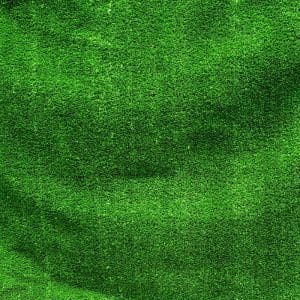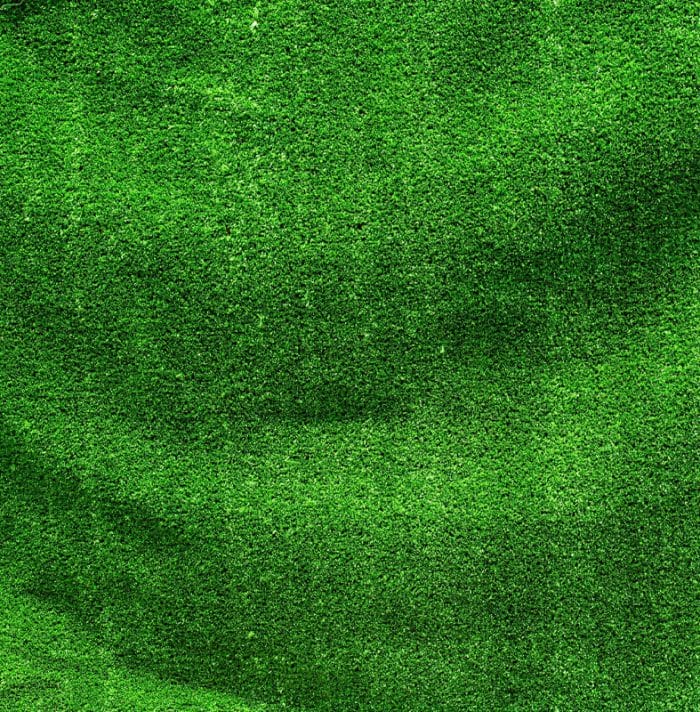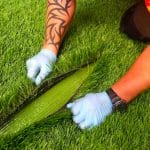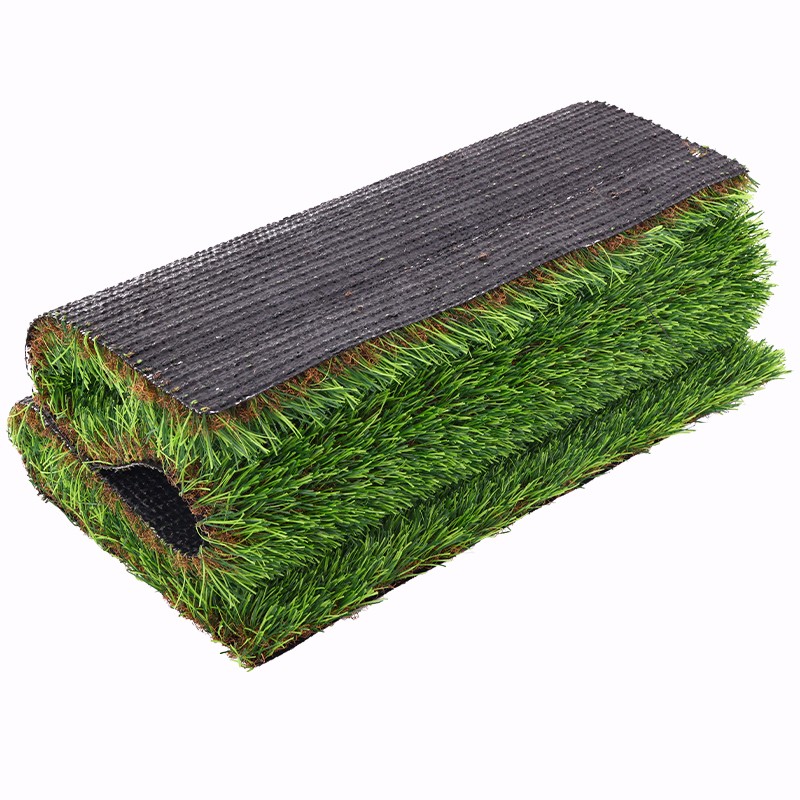
Lines or stripes in artificial grass can occur for various reasons, such as improper installation, matting, or folding during storage. To get rid of lines in artificial grass, follow these steps:
Materials and Tools You’ll Need:
1. Stiff-bristle broom or brush
2. Power broom or a stiff brush attachment for a power washer (optional)
3. Leaf blower or garden vacuum (optional)
4. Water hose
5. Artificial grass cleaner (if needed)
Step-by-Step Guide:
1. Remove Debris: Start by removing any leaves, dirt, and debris from the artificial grass using a leaf blower or a garden vacuum. This helps reveal the lines more clearly.
2. Brush the Lines: Use a stiff-bristle broom or brush to gently brush the lines in the artificial grass. Brush against the grain of the fibers (opposite to the direction of the lines) to help lift and separate the matted fibers. Apply some pressure while brushing, but avoid being too aggressive to prevent damage to the fibers.
3. Power Broom (Optional): If the lines are particularly pronounced or challenging to remove, you can use a power broom or a stiff brush attachment on a power washer to help lift the fibers and eliminate the lines. Use the power broom carefully to avoid excessive wear on the grass.
4. Rinse with Water: After brushing, use a water hose to rinse the artificial grass. This will help the fibers stand up, and any remaining dirt or debris will be washed away.
5. Apply Artificial Grass Cleaner (If Needed): If there are stains or lingering odors on the turf, use an artificial grass cleaner according to the manufacturer’s instructions. Apply the cleaner to the affected areas and gently scrub with a brush. Rinse thoroughly after cleaning.
6. Brush Again: After rinsing, use the stiff-bristle broom to brush the entire area of artificial grass once more. Ensure that the fibers are standing upright and that the lines are no longer visible.
7. Regular Maintenance: To prevent future lines or matting, establish a regular maintenance routine. Brush the artificial grass with a soft broom or brush regularly, especially in high-traffic areas. This will help prevent lines and keep the turf looking its best.
8. Check for Sun Exposure: Sometimes, lines can be caused by exposure to intense sunlight or folding during storage. If possible, reposition furniture or objects that may be causing lines, or ensure that your artificial grass is properly stored on a roll to prevent creases.
Properly maintaining your artificial grass and addressing lines when they appear will help keep your synthetic lawn looking fresh and natural. If you continue to experience issues with lines, consider contacting the manufacturer or a professional installer for further guidance.
Other tips
- If the lines in the artificial grass are deep, you may need to use a rake to lift the grass blades. Be careful not to damage the grass blades when raking.
- You can also use a leaf blower to remove dirt and debris from artificial grass.
- If you have pets, be sure to clean up any pet waste immediately. Pet waste can damage the artificial grass and cause it to form lines.
- Avoid placing heavy objects on artificial grass. Heavy objects can crush the grass blades and cause them to form lines.










